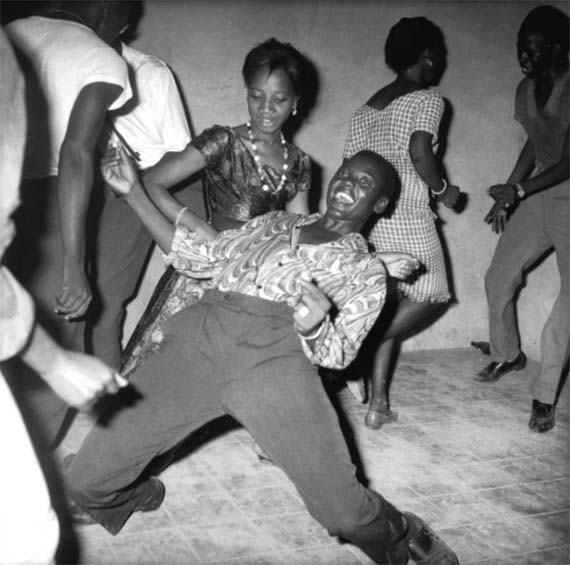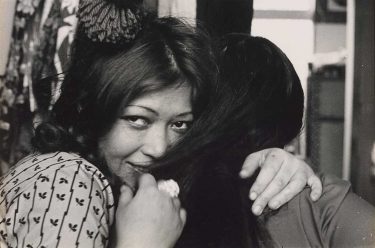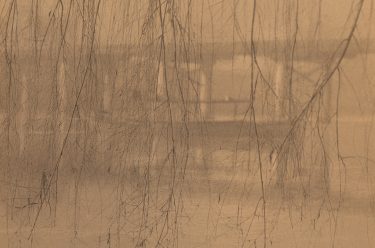With the generous assistance of Tim Fairfax, AC, the Gallery recently acquired a group of photographs by Malick Sidibé, taken soon after independence was declared in the north-west African country of Mali.

Malick Sidibé (1935 – 2016) is one of Mali’s most distinguished photographers. In 2003, he won the Hasselbad Award, the Golden Lion for Lifetime Achievement at the Venice Biennale in 2007, and in 2008, the International Contemporary Photography Award. The Gallery recently acquired a group of stunning black and-white photographs by the artist: Regardez-moi (Look at me!) 1962, Fans de James Brown (James Brown fans) 1965, Soirée marriage Drissa Balo (Drissa Balo wedding party) 1967, Les très bons amis en même tenue (Very good friends in the same outfit) 1972 and Jeune homme avec pattes d’éléphant, sacoche et montre (Young man with bell bottoms, bag and watch) 1977.
Sidibé opened Studio Malick in Bamako in the late 1950s. He was at the centre of cultural and social life of the city during the 1950s and 60s, capturing the excitement over the transition to independence in 1960. This is evident in his images, which offer a sense of intimacy with the subjects portrayed. He was the only reporter to cover the breadth of events that took place across the city, from birthday parties and public occasions to club nights. Sidibé describes his typical work day:
I would be in my studio until ten or eleven at night, because the nightlife didn’t start early. Then I’d go off to the clubs with my bike, until five in the morning! I could cover five places all at once, especially on Saturdays and during the holidays. Young people trusted me, they were with me, on my side. Garrincha [Youssouf Doumbia] and I were invited everywhere. People said if we were at a party, it gave it prestige. I would let people know I’d arrived by letting off my flash, people made way to let me in, and everyone was happy . . . I made the prints when I got back from the parties, sometimes even at six in the morning. I grouped them by club, then I numbered them and stuck them into cardboard folders. It was a whole lot of works, and very fiddly, but only I could do it . . . I would display the photos on Mondays or Tuesday in front of the studio. Everyone who’s been at those parties was there and they’d laugh when they saw the photos. It was a lively time.1
This was a time that saw major cultural change, with young people organising their own clubs at which they played the latest music from Europe, the United States and Cuba. This generation was linked to the ‘universal youth movement of the 1960s’, not only through their taste in music and fashion, but also in their politics.2
In the early days of Malian independence, Sidibé captured images of a generation that was looking for inspiration beyond their own country and continent, who were exploring their personal freedoms in the context of new postcolonial political freedom on a national level. The artist was sought out and entrusted to ‘represent them in the way that they wished to be seen’.3
Endnotes
1 Malick Sidibé, ‘Studio Malick’, Malick Sidibé, André Magnin (ed.), Scalo Gallerie, Zürich, 1998, pp.37–9.
2 Manthia Diawara, ‘1960s in Bamako: Malick Sidibé and James Brown’, Black Renaissance / Renaissance Noire, vol.4, 2002, pp.62–3.
3 ‘Malick Sidibé’, We Face Forward: Art from West Africa Today, Manchester Art Gallery, Manchester, 2012, p.90.

